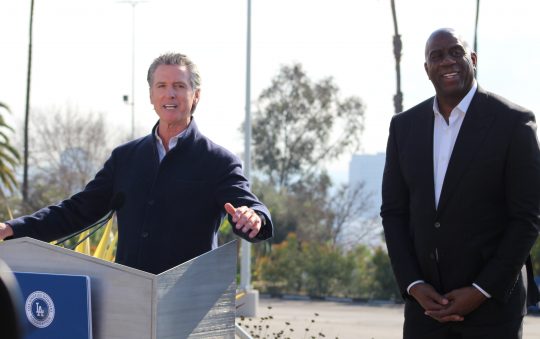
Reports of California’s economic rebound are good news, as is a plan from Governor Newsom to use some of the state’s budget surplus to help Californians who have gotten behind in paying rent, water and energy bills.
But the additional funding won’t fix a longer-festering problem that is needlessly driving up electricity bills for many Californians. A 25-year-old state program to entice homeowners to install solar panels, called Net Energy Metering, unfairly imposes too much of the cost burden on those who are already struggling to make ends meet.
Small businesses, renters, those on fixed incomes and everyone else who can’t afford or doesn’t have permission to install rooftop solar are each paying about $200 more every year to subsidize the installation of solar panels — typically for more affluent homeowners. Statewide, this translates to increased costs totaling about $200 more annually for customers without solar.
Solar is wonderful and a critical component of the state’s clean energy future. But reform is needed to Net Energy Metering to provide more equitable access to the program and to fix this unfair cost shift. Absent reform, the cost shift is estimated to grow in just nine years to $5 billion annually or $300 each year per customer.
This adds up to a clear question of equity. That’s why we’ve joined consumer, environmental, low-income, business, taxpayer, and senior groups like the National Diversity Coalition, California Senior Advocates League, Los Angeles Area Chamber of Commerce, Southern Christian Leadership Conference, and many others who are calling for reform to Net Energy Metering to ensure solar homeowners pay their fair share of electricity costs.
The outdated Net Energy Metering program works like this:
In addition to federal subsidies to help pay for solar panels, customers with rooftop solar receive a credit on their electric bills when their system generates excess electricity. The Net Energy Metering program mandates that utilities buy back this excess solar power from customers at the full retail rate. Today, the retail rate is about 25 cents per kilowatt hour even though utilities can buy that same solar power on the wholesale market for 3 cents. Essentially, rooftop solar homeowners get a raise every time electricity rates rise.
Such a generous subsidy made more sense in 1995 when few homeowners had solar panels and California was trying to entice more people to adopt the technology. Rooftop solar was new and the systems were 70% more expensive than they are today.
But with solar costs now dramatically lower and more than a million Californians with solar panels, the credit is now so large that solar customers typically are paying only nominal electric bills and avoiding costs that used to be shared among all electricity customers.
For example, solar homeowners still draw electricity from the grid at night and on cloudy days. They also use the grid to sell their excess solar power to utilities. Yet they are no longer paying for grid maintenance. Nor are they paying for other public purpose programs like low-income assistance, energy efficiency and other state-mandated programs that help communities of concern.
Those costs don’t go away. They are just paid for by an increasingly smaller number of customers without solar panels who tend to be lower on the income scale. According to the Lawrence Berkeley National Laboratory, about 70% of solar adopters are in the wealthiest 40% of society.
By forcing utilities to overpay for solar energy, Net Energy Metering is artificially increasing the cost for California to transition to clean energy.
We can and should meet our greenhouse-gas reduction goals and continue to grow rooftop solar without overpaying for energy generated by rooftop systems.
Net Energy Metering needs reform to be fair to all.






